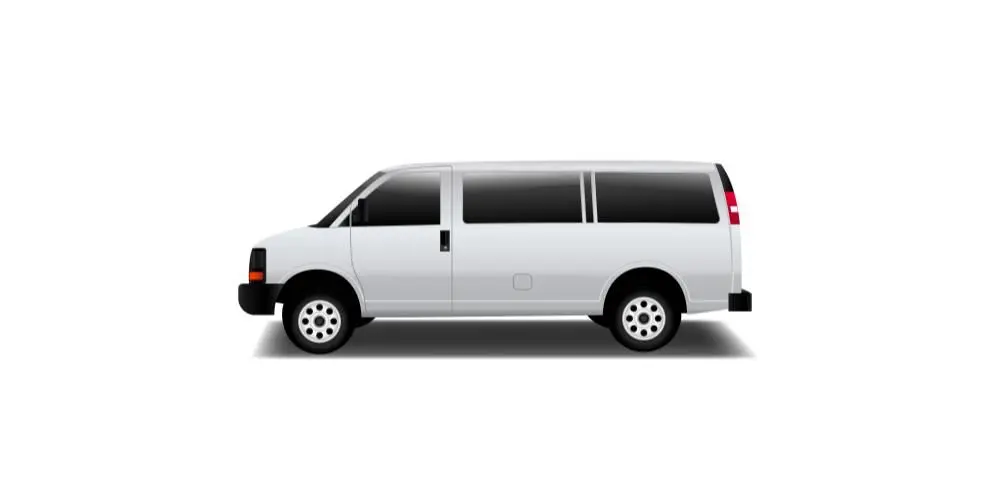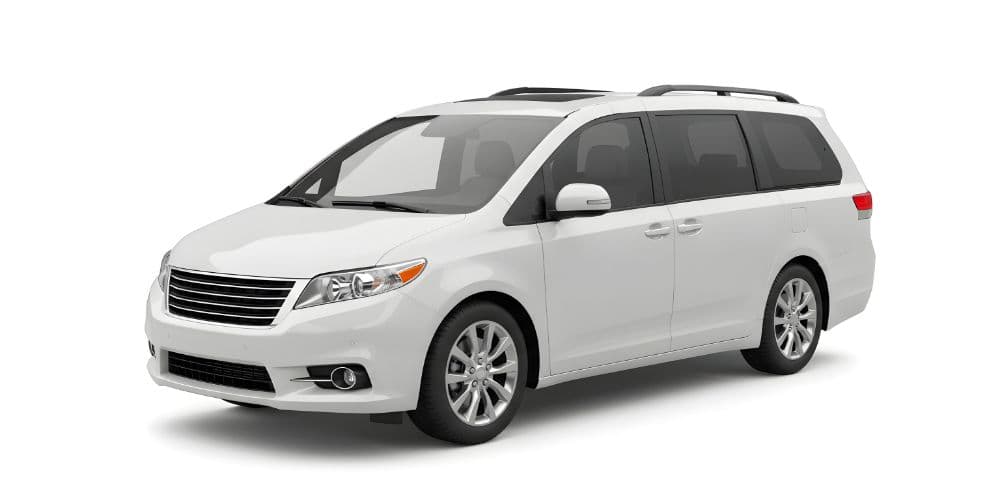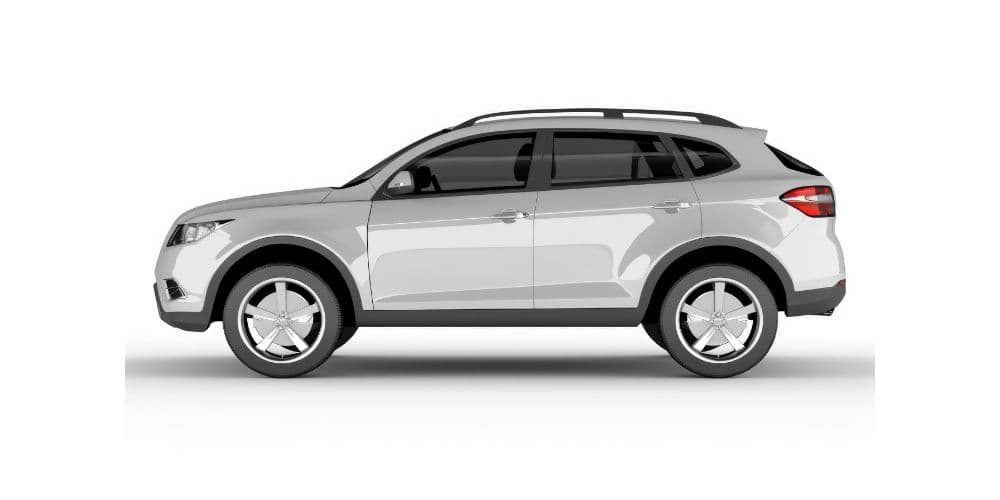
How to Handle Toll Roads in a Rental Car
Do You Have to Pay Tolls in a Rental Car?
A toll road, also called a turnpike, is a highway for which a toll fee is collected from the vehicle driver. There are two methods by which you pay the toll fees: A flat fee and a prorated fee.
- Flat fee: A flat fee is a fixed amount you pay for using the toll road regardless of how many miles you have traveled on the road.
- Prorated fee: Prorated fee is a variable fee calculated based on the number of miles you have traveled on the toll road.
As per the records of the Federal Highway Administration, the length of the total toll road, including toll bridges and toll tunnels, in the United States as of January 1, 2020, was 6,553 miles. States with the highest toll road mileage in the country are Florida, Texas, Georgia, New York, Oklahoma, New Jersey, and Colorado. Many states, including Maryland, Wisconsin, and Tennessee, don’t have any toll roads.
The toll rates in the United States vary from state to state, city to city, and road to road. The statistics provided below help you understand the typical toll fees in the United States:
- The median toll costs for interstate and non-interstate roads are about six cents per mile and 13 cents per mile respectively.
- 38 out of 50 states have toll roads, toll tunnels, and toll bridges.
- The most expensive toll road in the country is Pennsylvania Turnpike at $112.91 and the cheapest is Boulevard Bridge in Virginia at 35 cents.
When it comes to toll roads, there is one essential frequently asked question (FAQ) by travelers planning to hire a rental car for their vacations — do you have to pay tolls on a rental car?
All vehicles that take toll roads should pay the toll fee, and rental cars are no exception. However, the policies of the rental agency will decide whether the toll fees are paid by the agency itself or the driver of the rental car.
This article explains how tolls work with rental cars and offers a wide range of tips that help rental car drivers save money on tolls.
How Do Tolls Work with Rental Cars?
For manned toll plazas, you can pay the toll amount by cash, credit card, or debit card. Electronic toll plazas can detect the vehicle via tag transponder or license plate and deduct the toll fees from the linked account.
Tolls can significantly increase your overall car rental costs if you aren’t prepared to handle them. So ask the rental agency about their toll policies and check if they have any programs that improve your convenience in paying tolls and reduce the toll costs.
Many rental companies offer a toll pass for a convenience fee. If you opt for a toll pass, the rental company will bill the entire toll amount plus convenience charges to your credit or debit card immediately upon the toll data received from the toll authority. Typically, it will take up to eight weeks for rental agencies to receive the toll data from the toll authority.
Convenience fees vary from one rental company to another in the United States. Let’s dive deeper into the convenience fees of various rental companies below.
Enterprise
Enterprise offers a TollPass Service, under which travelers are charged a convenience fee of $4.95 per usage day and up to $30 for the entire rental period on top of tolls incurred.
Avis
Avis e-Toll Program charges a convenience fee of $5.95 per day on top of tolls incurred. If you opt for its e-Toll Unlimited program, you will pay a flat daily fee between $10.99 and $25.99, inclusive of toll costs and convenience fees, whether or not you cross a toll plaza.
Hertz
Hertz charges a convenience of $5.95 for each day of the rental period on top of the tolls incurred.
Though these toll programs help you streamline toll payments through the cashless toll, they may increase your car rental costs by up to $30.
If you want to avoid the administrative fees, you can use an E-Zpass, Platepass, or FasTrak transponder. Many car rental companies, including Sixt, Thrifty, Budget, and Avis, will allow you to carry your own transponder.
Best Ways to Save Money on Tolls
There are several ways you can save money on tolls. We’ve highlighted four practical ways below:
Change Route Settings
There are almost always alternate routes to your destination. A simple change in GPS settings may help you identify a route that has fewer tolls or no tolls altogether.
Change the GPS settings in a way that it will showcase:
- All alternate routes to the destination
- The travel distance of each route
- The amount of time each route takes to reach the destination
- Number of tolls in each route
If you have all these details on hand, you will be able to choose the best alternate road that takes you to your destination at the lowest possible cost.
Choose Cash-Only Lanes
Many toll roads in the United States have cash-only lanes. Since tag transponders will not be detected if you pass through these lines, you can pay the toll fees from your pocket every time you cross a toll plaza. By choosing the cash-only lanes, you can opt out of toll programs offered by rental agencies and avoid the convenience fee charged by them.
Ask about Reimbursement
Don’t forget to keep your toll receipts when you are driving the rental car. They help you get reimbursement from your employer or reduce your taxable income if applicable.
- If you have rented the car for your work trip, you can use these receipts to claim reimbursements from the organization you work for.
- If you are self-employed, you can use these receipts as tax deductions.
Research Toll Areas in Advance
Before embarking on the trip, you may want to conduct thorough research on the toll areas in advance. Your research should help you answer the following questions:
- How many toll plazas will you be crossing?
- What is the toll amount you need to pay at each toll plaza?
- Do any of these toll plazas have peak busy hours? If yes, what are the timelines for peak busy hours?
- How much do you need to pay extra if you cross the toll plaza during the peak hour?
This information enables you to plan your trip and manage the commute times in a way that will have you avoiding peak hours and saving money.
Our Most Popular Vehicles



